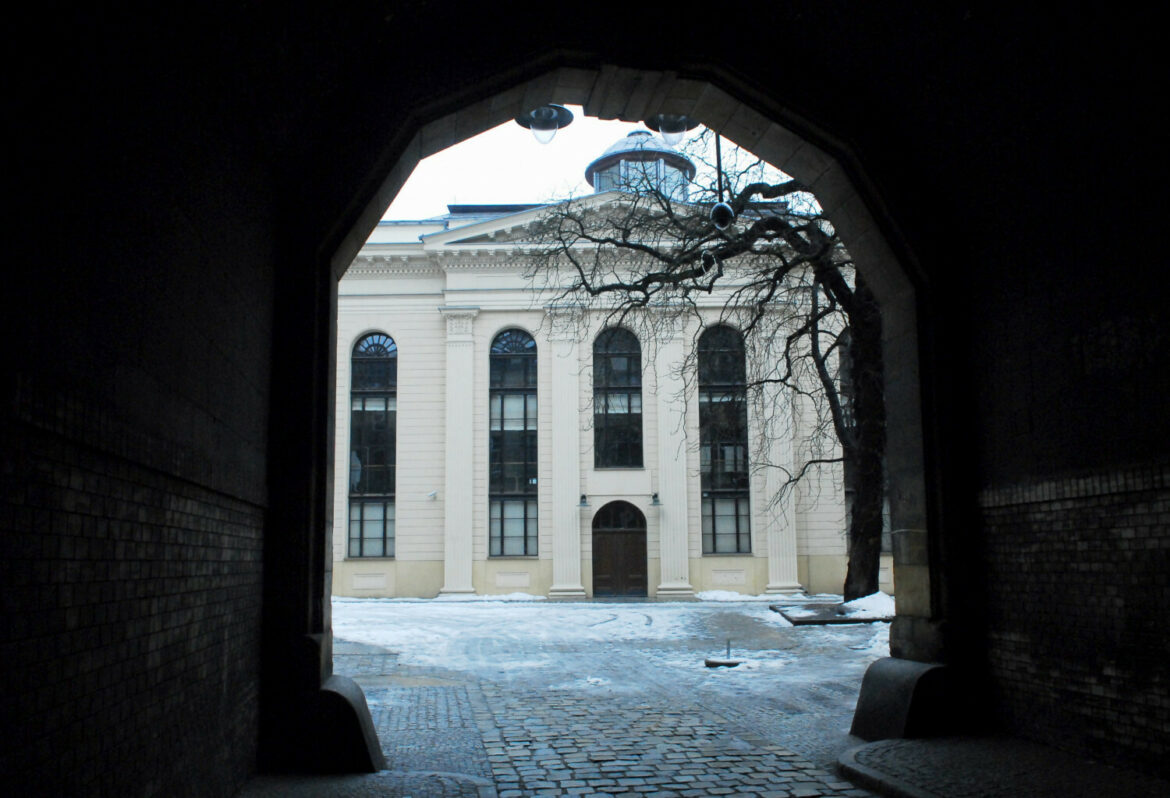The White Stork Synagogue in Wrocław is hosting an exhibition „Jewish Soul. Treasures of the Jewish Religious Community in Wrocław”. The exhibited artefacts include Torah crowns and shields, Shabbat and Hanukkah candlesticks and ritual cups.
The collection of handicrafts held by the Jewish Community of Wrocław reflects the complicated history of the community itself and the city of Wrocław. The community’s collection includes items salvaged from synagogues that were either liquidated or destroyed and looted during the Nazi era. Most of the items were created in the second half of the 19th century, during the period of the greatest growth of the Jewish community in Wrocław.
The second source of objects in the community’s collection was the relocation of objects together with migrants who arrived after the war from various areas, especially from regions of pre-war Poland that became part of the Soviet Union after 1945. They include Jewish art from the Great Synagogue in Buczacz and from Wieruszów. The last group includes donations from community members or other individuals.
More than 50 objects from the treasury have undergone conservation treatment and have been scientifically processed. This is only a part of the artefacts held by the community, but it already allows for an assessment of the nature of this interesting collection and its significant importance for research into the art and history of Jews and Wrocław.
The curator of the exhibition in the synagogue is Jacek Witecki from the National Museum in Wrocław, who cooperated in the creation of the exhibition.
“The artefacts of Wrocław’s Jewish community have been an intriguing puzzle to researchers: historians and art historians for many years. The current Board of the Jewish Community of Wrocław considered the identification and first public presentation of this collection to be an important objective. Cooperation with the National Museum in Wrocław, which has specialists in the history of art and in the conservation of historical monuments, has significantly helped to realise this intention”, says Witecki.
Arkadiusz Słomczyński





